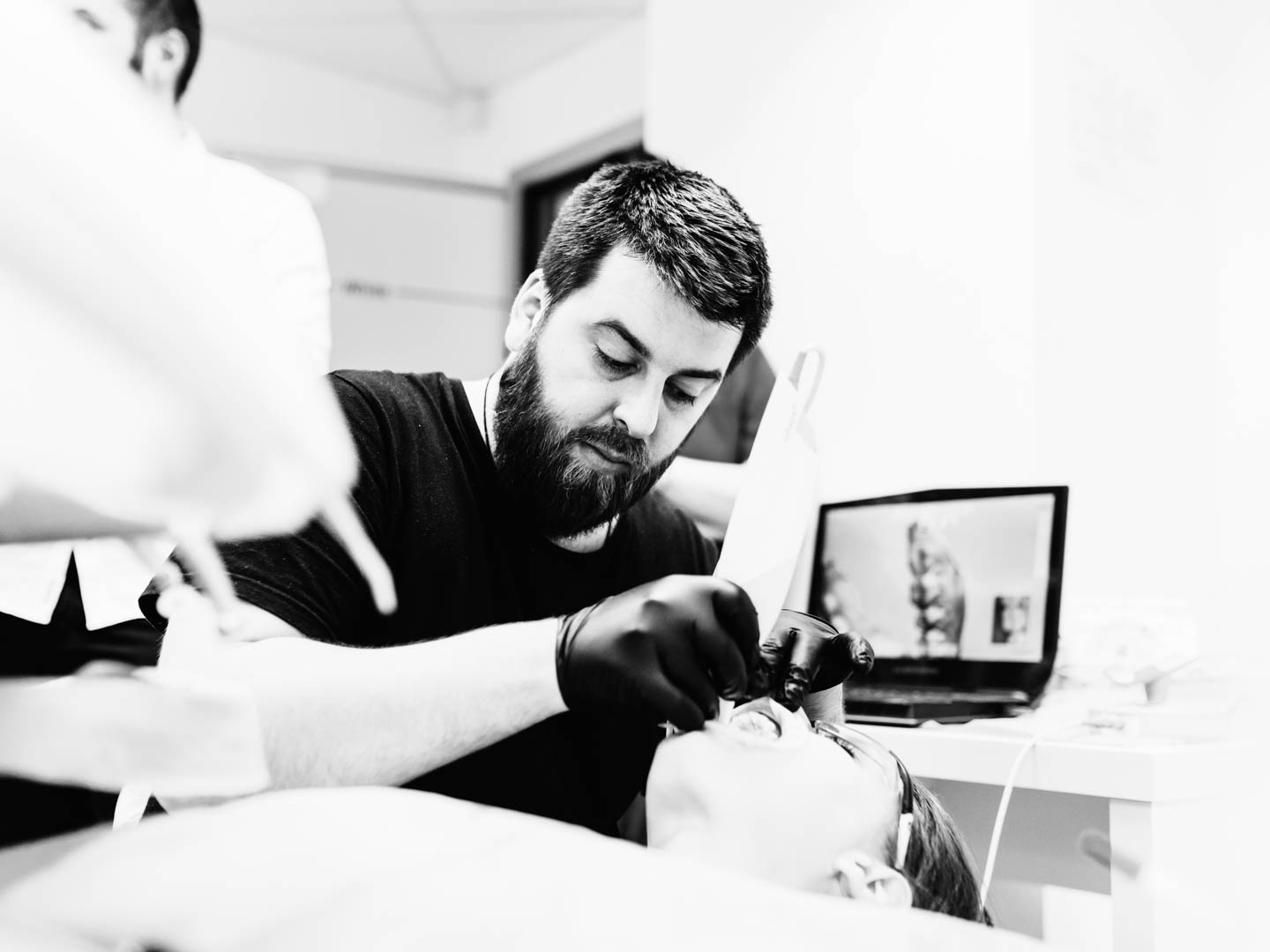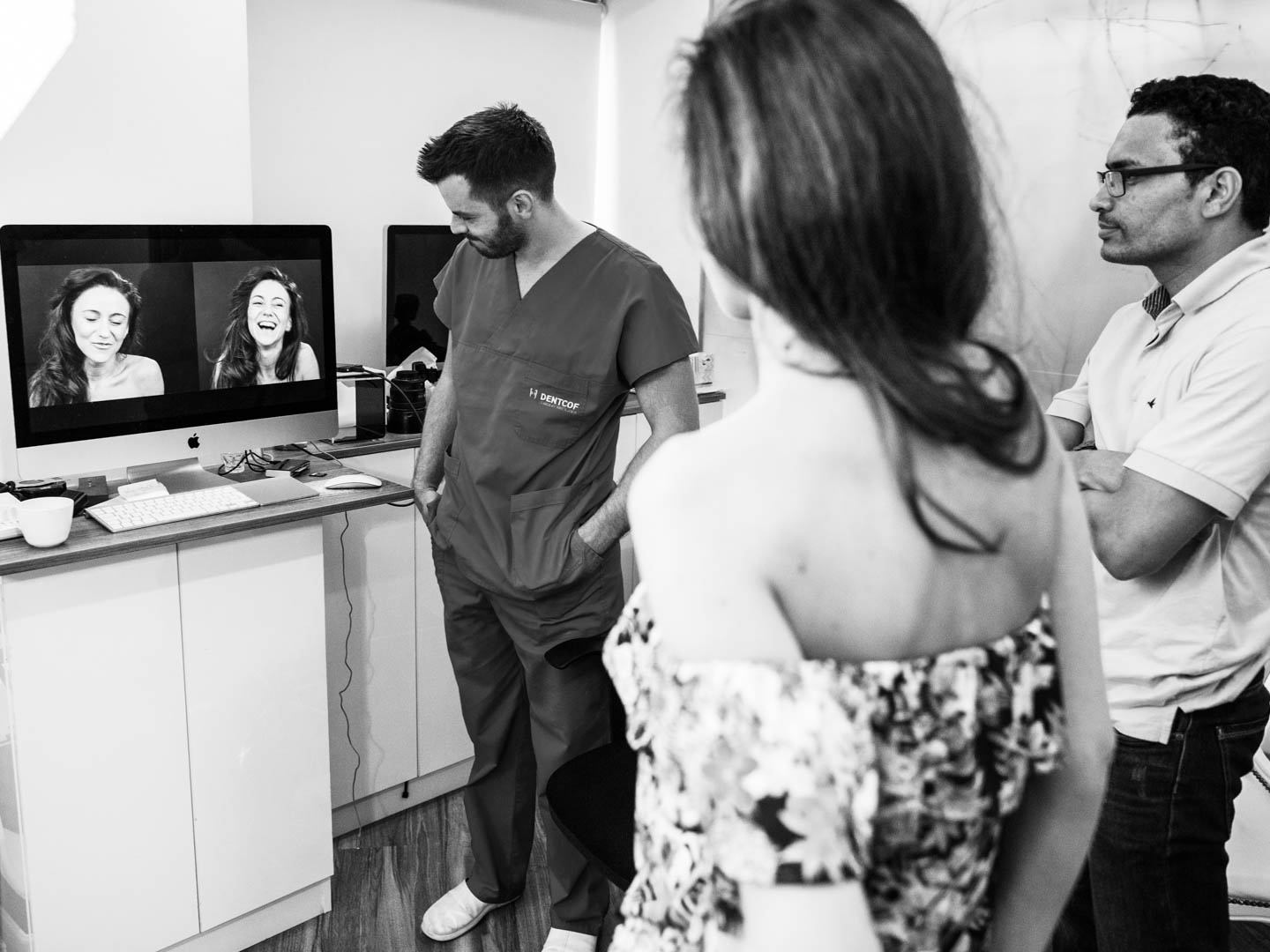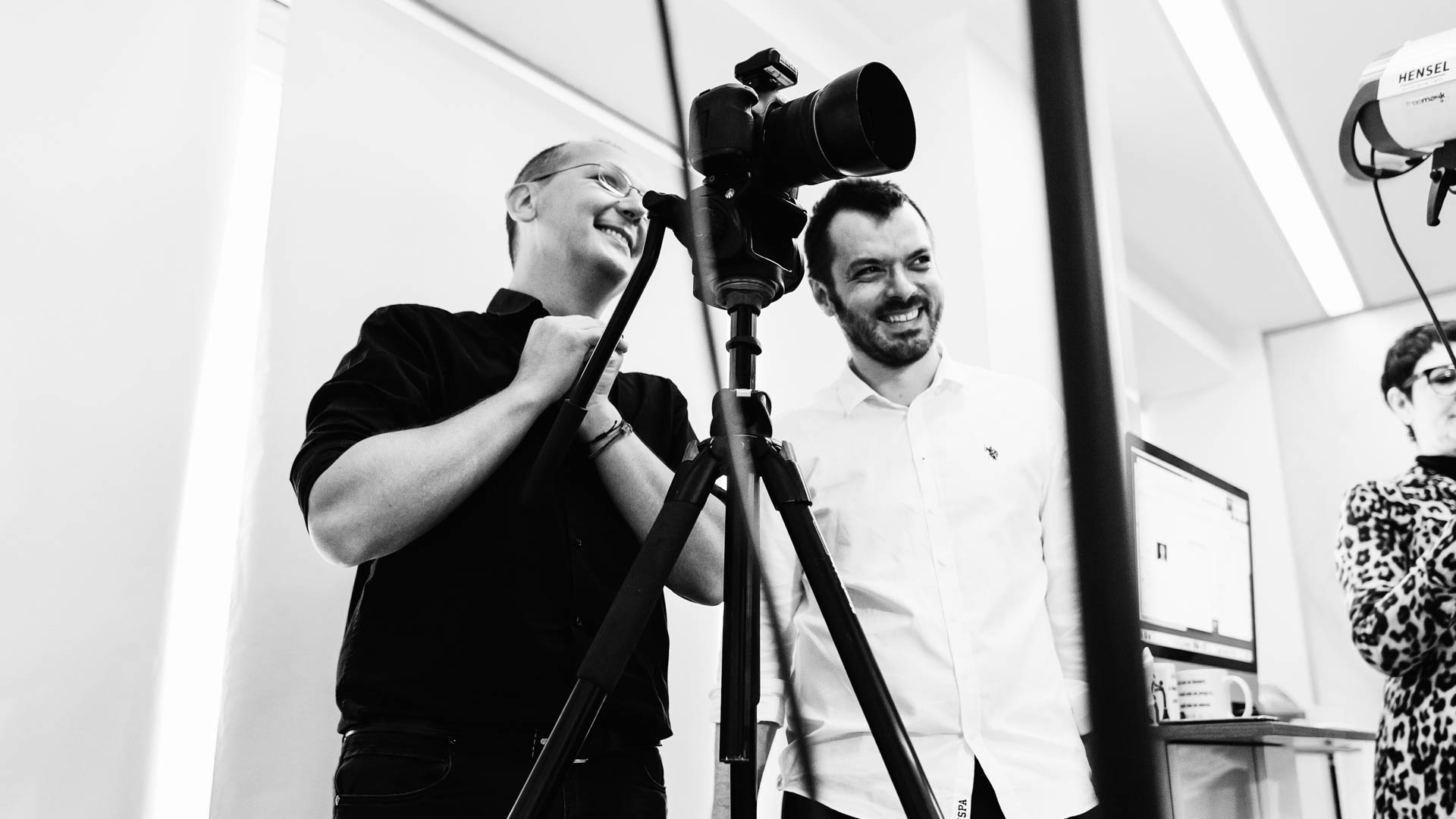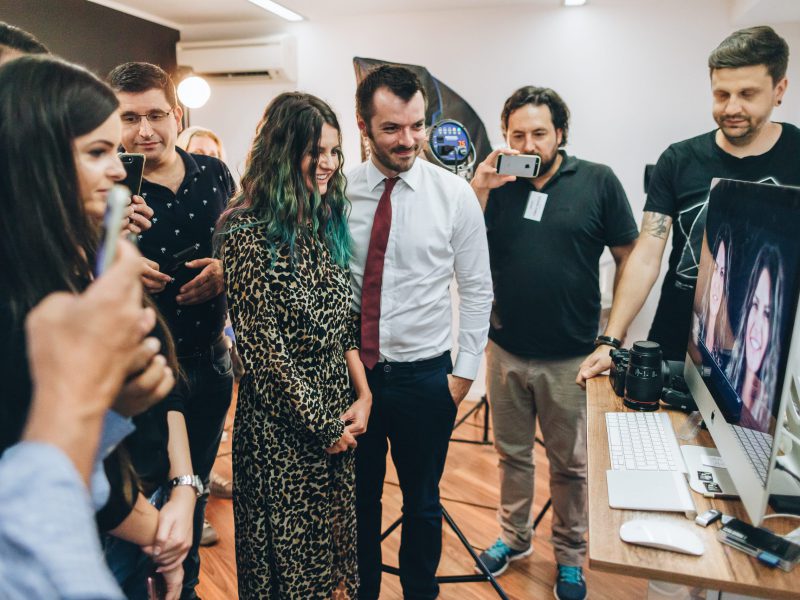Consultation: a novel data driven perspective
As we enter the age of digital dentistry, one thing becomes clear. The ‘currency’ of every workflow is data, and given the nature of our work, every case is essentially a collection of biometric information, unique to the patient. Every single workflow out there is fuelled with this data. Whether we are talking about pictures , videos, intraoral or face scans, computer tomographies, x rays, or patient specific jaw movement, all of the above are the building bricks for all the powerful tools digital dentistry has to offer. Naturally, consultation has changed for the adopters of digital. The goal of consultation today, as the first step in every treatment, is to gather the much needed data resources, required for the diagnostic and planning process.
Dentcof, one of the early adopters of digital dentistry started standardizing consultations in 2012. At that time, this went against the current in the industry. I mean, even today, why would you scan and take pictures of a patient if you are only going to do a composite? I mean, if you have a full mouth case, yes, you do all that, but if it’s a simple case, what’s the point? And what will the patient say when they come for a composite, and you tell you need a complete documentation first?
Well, they did it anyway. They did it for every patient regardless of case complexity or chief complaint and it’s still one of the core signatures of the brand today. I will tell you why.
Diagnosis vs treatment planning
Diagnosis is universal, treatment planning is individual. If you go to a medical doctor, they will decide on a diagnosis after the blood tests, after they see the data. In dentistry we tend to do the opposite. We take a look at the problem and decide whether we document or not, and how extensive this should be. This doesn’t make any sense. It made sense when records were analogue. It doesn’t make sense when the records are digital and there is only a few clicks difference between a partial record to a complete record.
High, if not highest ROI
Pictures, videos, intraoral scans, dicoms do not have any material costs. Yes, you might have a scanner subscription, but then again, your investments become more profitable the more you scan. If you have a scanner subscription of 800 euro per month, and you do 3 scans a month, you pay 233 euro for one intraoral scan. If you scan every patient, doing 400 scans / month , your scan costs 2 euro. Some extra thoughts on this here. And yes, you monetize, or should monetize all of these as consultation.

Unique Value
In Dentcof, after a treatment is completed, the final is scanned and documented. When a patient asks “how long will this restoration last?” the answer is always “we cannot guarantee anything in your mouth, but we can guarantee that if anything happens to this restoration, we can reproduce it exactly as it is. We just saved the data”.
Healthy people, after a consultation will get the same line, because current workflows allow us to go back in time, given we have the data to go back to. And no, it’s not about trauma protection, because nobody plans for trauma, but something more mundane is happening as we speak: Aging
We age, our patients age, our teeth age. Storing the data of a young healthy smile or mouth is the stem cells of digital dentistry. It is a moment in time that you can save, and eventually go back to. It is the future restorative dentistry.
Capital
Ten years ago, value of information surpassed the value of oil. It’s kind of obvious that in the age of information, information is power. The kind of information we are dealing with everyday is biometric information. Unique to every patient, and unique in time. It is by far the most important asset a dental clinic can invest in.
This became the foundation for all the modern workflows Dentcof created in the following year, with implications far beyond the dental. It impacted the business in many different sectors as well.
As an example, in branding / marketing it positioned the clinic towards complete dentistry, which empowered better dentistry to be performed. Less and less patients would come in asking for dril’n’fill and more would ask for smile design or a new start for their oral health. This impacted the portfolio of the clinic, and as more cases were coming out this way, it created a snowball effect, which at some point became the exclusive focus of the clinic.
Documentation became a standard feature in every case, quality of dentistry started to gradually and constantly increase as well as the collaboration value between the team members. Because every case had a start point and an endpoint, everyone was at any moment face to face with his or hers documented wins or loses. It also gave everyone a better sense of their role in every single case, and in the team as a whole.
Lab flourished as they got proper and complete input as well as documented feedback in every case, which is quintessential for the learning curve of a technician.
And the best part, patients loved it. They perceived it as thorough planning and transparency, which translated into trust, probably the most important asset in the relationship with the patient.







